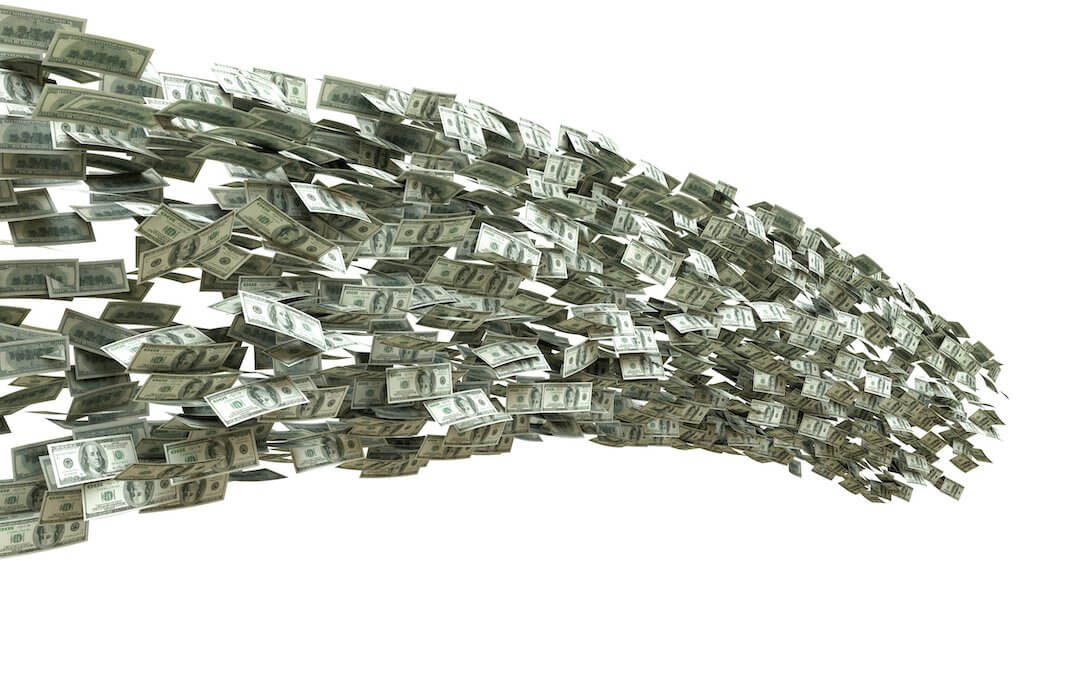Discover the importance of organizational alignment and agility in this blog post. Learn how establishing a strong CORE and building a strategy around it can lead to sustainable growth and success. Find out how alignment and agility empower your organization to thrive in an ever-changing business landscape.

Understanding and Optimizing Your Cash Conversion Cycle
Many companies struggle with understanding their Cash Conversion Cycle and how it impacts their growth. The Cash Conversion Cycle is the time taken from when you first engage with a potential client to being paid for the work you do or the product you deliver. Companies need cash to fund growth, and profit is not the same as cash flow. A longer Cash Conversion Cycle requires more cash for growth and external sources, which may not always be available at economically viable rates.
Components of the Cash Conversion Cycle
The Cash Conversion Cycle can be broken down into four components: Sales Cycle, Make/Production & Inventory Cycle, Delivery Cycle, and Billing and Payments Cycle. Each component varies in duration for different companies and industries. For example, Company X might have a 120-day Cash Conversion Cycle comprising 40 days for Sales, 30 days for Make/Production and Inventory, 5 days for Delivery, and 45 days for Billing and Payments. The challenge is to reduce the length of the cycle.
Three Ways to Improve the Cash Conversion Cycle
- Eliminate Mistakes: The easiest way to improve your Cash Conversion Cycle is by identifying and rectifying mistakes that lead to delays in each component of the cycle. Work with your team to pinpoint the most significant errors and implement a program to reduce them. Measure your cycles and errors to minimize delays in your Cash Conversion Cycle.
- Shorten Cycle Times: Investigate cycle times and underlying processes for improvement opportunities. This step is slightly more complex, as it requires reevaluating your existing processes and asking deeper questions. Tom Wujec’s “How to Make Toast” exercise can help visualize the process, break it down into manageable steps, and identify areas of improvement. See below.
- Improve Business Model: The final method to enhance your Cash Conversion Cycle involves refining your business model. Look for ways to optimize each component of the cycle by eliminating inefficiencies and streamlining processes.
Understanding and optimizing your Cash Conversion Cycle is crucial for business growth. By focusing on eliminating mistakes, shortening cycle times, and improving your business model, you can reduce the time it takes to convert your efforts into cash and, ultimately, fuel your company’s growth.
Asking the Right Questions: Challenging the Status Quo
Another way to improve cycle times is by questioning the existing method and exploring alternative approaches. This process can be challenging due to built-in biases but can lead to significant improvements with the help of a skilled facilitator.
Using the 5 Whys Technique
The 5 Whys technique is powerful in identifying the root cause of problems, understanding process relationships, and eliminating assumptions or biases. This method is highly effective without the need for complicated evaluation techniques.
Improving the Business Model: A Challenging but Rewarding Approach
The most challenging but potentially most rewarding method to improve the Cash Conversion Cycle is reevaluating and adjusting your business model. A famous example of this approach is Dell Computers, which dramatically improved its cycle by adopting a build-to-order model. This section will further explain how Dell achieved a reduction in its Cash Conversion Cycle through strategic changes in its business model.
Dell’s Transformation: The Build-to-Order Model
Dell Computers decided to manufacture computers only when customers placed orders. Doing so shifted their business model from a traditional inventory-based approach to a customer-centric, build-to-order model. This change led to significant improvements in each component of their Cash Conversion Cycle, as outlined below:
-
Sales Cycle: As customers customized their computers during the ordering process, Dell was able to streamline its sales cycle. The company no longer needed to carry a wide range of pre-built computers, enabling them to better target their marketing and sales efforts.
-
Make/Production & Inventory Cycle: Dell’s build-to-order model significantly reduced the need for finished inventory. They only had to maintain a minimal level of inventory for components required for custom orders. This approach also reduced the risk of obsolete inventory, as Dell only purchased components in response to specific orders.
-
Delivery Cycle: By having customers pay for their computers when placing orders, the delivery cycle’s impact on the Cash Conversion Cycle became less significant. Dell could focus on efficient production and timely delivery without worrying about the cash tied up in finished goods.
-
Billing and Payments Cycle: With customers paying upfront for their orders, Dell eliminated the need for a lengthy billing and payments cycle. The company received cash from sales before starting production, freeing up working capital and reducing the time it took to collect payment.
The Result: A Negative Cash Conversion Cycle
As a result of these strategic changes in their business model, Dell reduced its Cash Conversion Cycle from 63 days to an impressive -39 days. This negative cycle meant that Dell effectively used its customers’ cash to fund its growth, eliminating the need for external financing and improving overall cash flow.
Dell’s success story exemplifies the potential benefits of rethinking your business model to improve the Cash Conversion Cycle. By identifying areas of inefficiency in your current model and exploring innovative alternatives, you can significantly reduce your reliance on external financing sources and drive sustainable growth.
However, it’s essential to keep in mind that the right approach for your business may differ from that of Dell or others. The key is to analyze your unique situation, understand the challenges specific to your industry, and find innovative solutions that best align with your company’s goals and resources.
Are You Optimizing Your Cash Conversion Cycle?
Understanding and optimizing your Cash Conversion Cycle can reduce your reliance on bank lines of credit and other debt sources. If you need help determining your cycle and shortening it, consider reaching out to a professional for guidance.
Copyright (c) 2021, Marc A Borrelli
Recent Posts
Align and Thrive: The Importance of Organizational Alignment and Agility
How to Achieve Smart Time Management: 10 Tips for Busy Professionals
When you are a busy professional running your own business, it can often feel like there aren’t enough hours in the day to accomplish everything. Being strategic with your time is the best (and possibly the only) way to achieve all of your daily tasks. If you are...
5 Strategic Leadership Skills Every Manager Needs
So often, people view leadership as a talent: you’re either born with this quality or you’re not. However, this is not always the case! In reality, good leadership is made up of skills, and anyone can learn how to improve. Some people may pick up leadership attributes...
How the Sellability Score is Calculated: The Ultimate Guide
Do you have questions about how to calculate your business’s sellability score? Whether you’re looking to sell your business in the near future or years from now, understanding your sellability score will help you thrive. The sellability score identifies the...
The Top 5 Benefits of the Entrepreneurial Operating System
As an entrepreneur running your own business, you know there are bumps in the road and struggles that both you and your business will face over time. However, with the right people and tools at your disposal, you can anticipate what’s coming, plan for it, and continue...
5 Ways to Use Email Automation to Boost Traffic
Every single business in the world wants to evolve and grow. This will happen using a variety of techniques and strategies. In 2022, digital marketing is more than a household name, and most companies will adopt at least a few ideas when long-term planning and coming...
6 Questions To Ask A Potential Business Coach Before Hiring Them
Many entrepreneurs consider executive business coaching when they start struggling on their professional path. A small business coach is an experienced professional mentor who educates, supports, and motivates entrepreneurs. They will listen to your concerns, assess...
3 Ways Proper Long Term Strategic Planning Helps Your Business
Dreams turn into goals when they have a foundation of long-term strategic planning supporting them. They become reality when the ensuing strategic implementation plan is executed properly. With Kaizen Solutions as their strategic planning consultant, small and...
What is a Peer Group, and How Can it Improve Your Career?
If you are a CEO or key executive who has come to a crossroads or crisis in your career, you'll gain valuable insights and solutions from a peer group connection more than anywhere else. But what is a peer group, and how can that statement be made with so much...
Profit and Revenue are Lousy Core Values
As I mentioned last week, I am down with COVID and tired, so spending more time reading rather than working. I read Bill Browder's Freezing Order this weekend, and I highly recommend it. However, at the end of the book, Browder says that oligarchs, autocrats, and...










